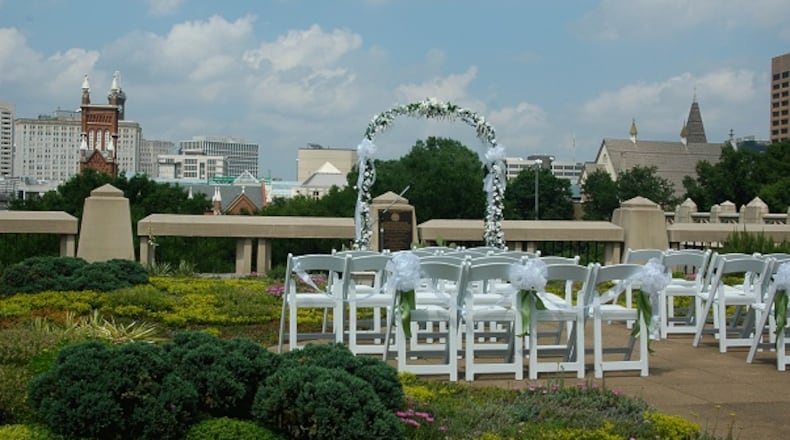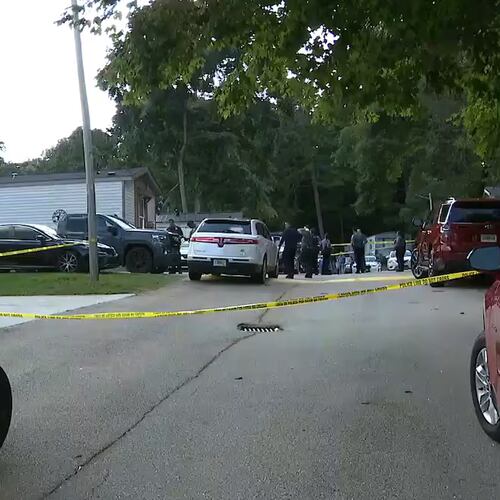The city of Atlanta has strengthened its sustainable design guidelines for municipal facilities as part of the Sustainable Building Ordinance. Under the ordinance, all major renovations and new construction of city-owned facilities larger than 5,000 square feet are required to gain LEED New Construction (LEED NC) Silver Certification or greater. All existing city-owned facilities larger than 25,000 square feet are required to gain the LEED Buildings: Operations & Maintenance Certification.
The Atlanta City Council voted unanimously on July 17 to approve the Sustainable Building Ordinance.
The requirement for LEED NC Silver is effective immediately and the requirement for LEED O+M in existing buildings will be phased in over the next ten years.
The city’s leadership in building efficiency has earned national recognition. Notable accomplishments include Atlanta leading the nation in participation in the U.S. Department of Energy’s Better Buildings Challenge program with 114 million square feet of building space committed to reducing their energy and water consumption by at least 20 percent by 2020; passing the Commercial Buildings Energy Efficiency Ordinance in 2015; undergoing investment grade audits of 100 City-owned facilities; and the committing to transitioning to 100 percent clean energy sources for municipal operations by 2025 and for the entire city by 2035.
The LEED rating system, developed by USGBC, is a program for buildings, homes and communities that are designed, constructed, maintained and operated for improved environmental and human health performance. There are more than 2,700 LEED-certified local government projects and more than 90,000 commercial projects currently participating in LEED.
About the Author
The Latest
Featured


